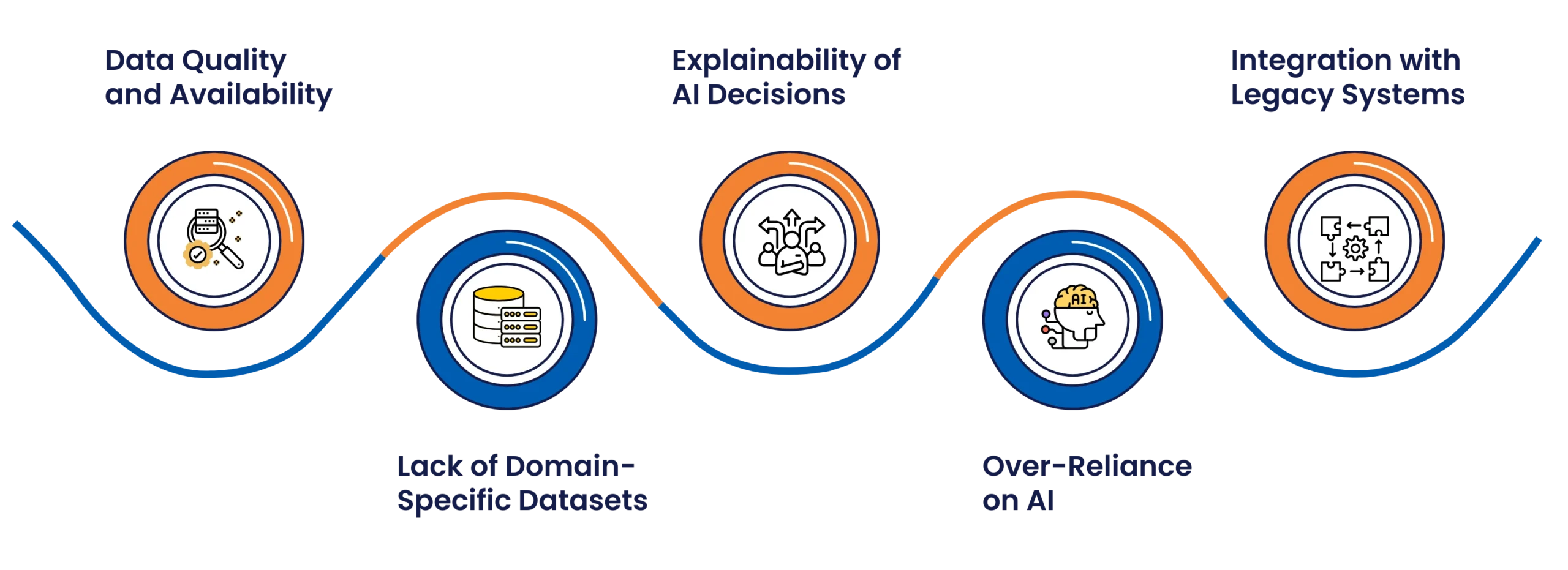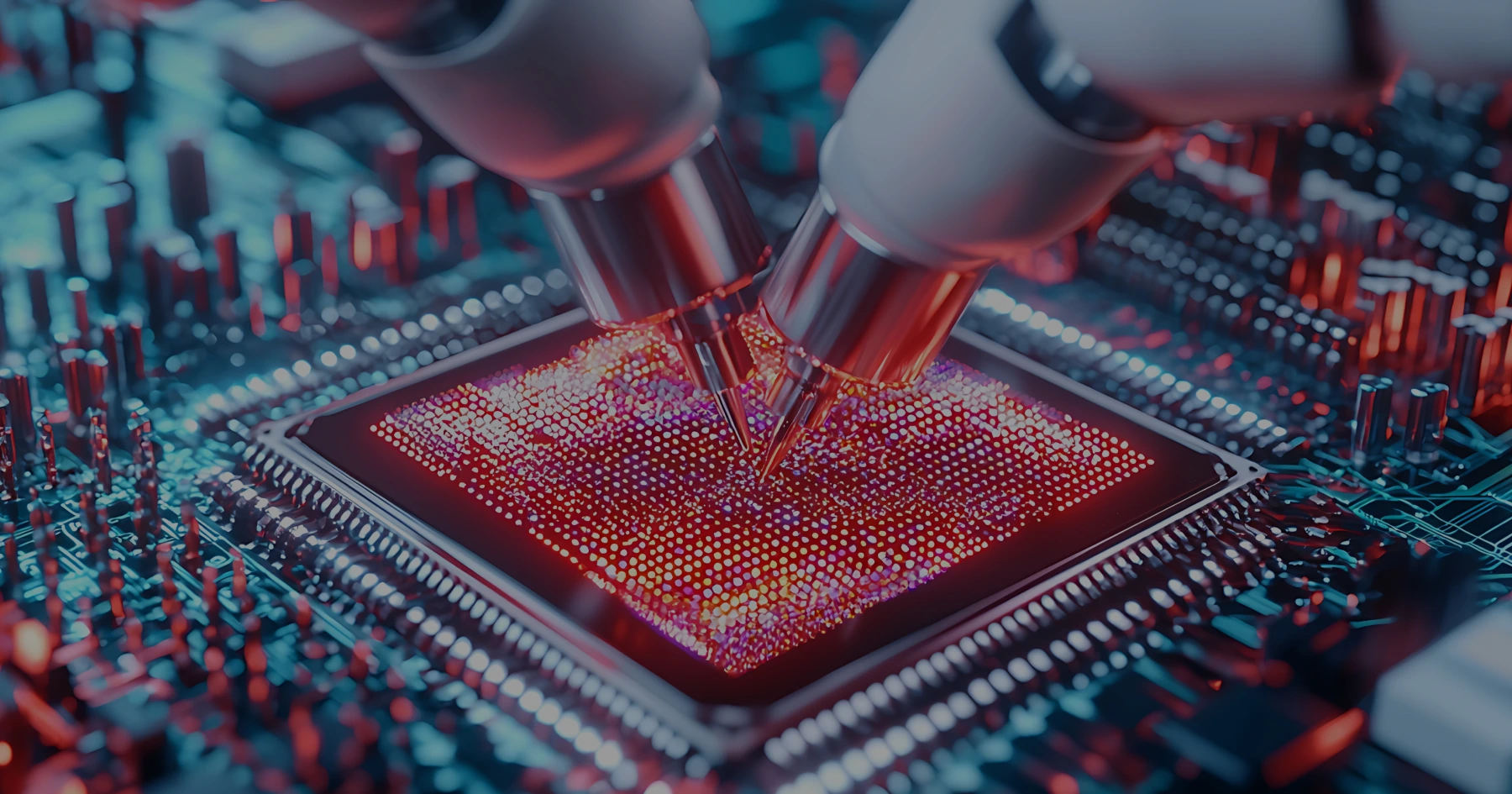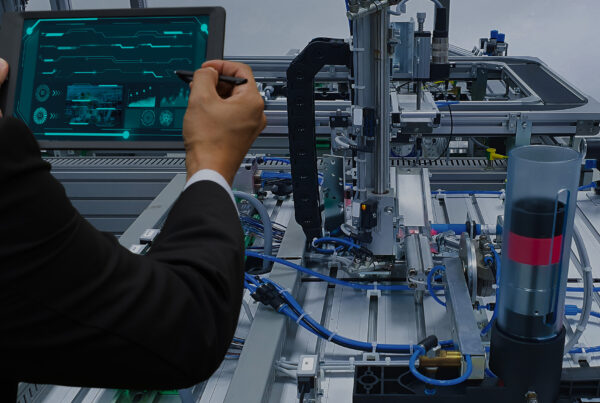In today’s electronics-driven world, test engineering and management are critical to ensuring the quality and reliability of increasingly complex semiconductor devices. As Integrated Circuits (ICs) power everything from IoT sensors to AI servers and automotive ECUs, the demand for faster validation cycles, lower cost of test, and near-zero defect delivery continues to rise. In this context, Artificial Intelligence (AI) is emerging as a game-changer, bringing automation, pattern recognition, and predictive insights into IC validation and product engineering workflows.
AI is redefining Quality Engineering, introducing intelligent automation, predictive insights, and adaptive test processes. From generating smarter test cases to detecting defects before they occur, AI enables teams to test faster and smarter. This blog examines the role of AI in test engineering, from real-world use cases to powerful tools, and its measurable impact. Whether modernizing QA or scaling product engineering services, AI is changing the game.
Why AI in IC Test & Product Engineering?
Traditionally, test engineering in the semiconductor space has involved labor-intensive workflows, from crafting test plans and converting simulation patterns to debugging failures and analyzing characterization data.
Get in touch
These tasks require in-depth domain expertise and substantial manual effort, making them time-consuming and prone to errors.
AI transforms this landscape by:
- Automating repetitive engineering tasks such as test pattern generation and data parsing
- Detecting yield-limiting anomalies and silicon behavior patterns beyond human recognition
- Accelerating debug workflows with predictive insights from multi-stage test data
- Enabling engineers to focus on innovation, not just firefighting or log review
With AI integration, IC test and product engineering teams can now achieve:
- Test program optimization and test time reduction
- Scalable data analysis across yield, bin, and lot dimensions
- Root cause analysis based on fab, wafer, and system-level test data
- Predictive maintenance of ATE equipment, reducing unplanned downtime
- Cross-domain correlation to link test, fab, SLT, and field failures for faster quality closure
As AI matures, these capabilities will become core pillars in delivering high-performance, cost-effective, and zero-defect silicon, making it indispensable to modern Engineering Testing Services.
The Role of AI in Test Engineering
Artificial Intelligence has moved beyond buzzword status; it’s now a critical asset in modern test engineering and management. AI enables faster, smarter, and more adaptive approaches to software quality. It complements human testers by automating repetitive tasks, predicting failure points, and optimizing test coverage with minimal manual input.
The key distinction between traditional test automation and AI-driven testing lies in intelligence and learning. While traditional tools follow hardcoded scripts, AI systems learn from data, application logs, previous test results, and production incidents to dynamically evolve testing strategies.
Technologies like Machine Learning, Natural Language Processing (NLP), and Computer Vision are driving these advancements. NLP helps interpret user stories and generate test cases automatically, while computer vision allows AI to “see” UI changes and validate visual elements that would be difficult to detect with conventional scripts.
The benefits of AI in Engineering Testing Services are substantial. Test cycles are shorter, coverage is wider, and quality is more predictable. AI also plays a vital role in Quality Engineering by enabling early defect detection and better test prioritization. Ultimately, AI contributes to more resilient and scalable product engineering services, aligning testing efforts with business goals.
As teams embrace AI, the future of test engineering and management looks more agile, data-driven, and strategically aligned with innovation.
Understand the Role of Test Engineering in the Semiconductor Industry
Common Use Cases of AI in Testing

1. Test Case Generation
AI can analyze requirements, user stories, and even source code to generate test cases intelligently. Using NLP and ML, it understands application logic and identifies key user paths and edge cases. This drastically reduces manual effort and increases consistency and coverage.
For teams offering Engineering Testing Services, this means faster onboarding for new features and accelerated test readiness. It also aligns well with agile practices and supports continuous integration pipelines.
2. Test Optimization and Prioritization
AI doesn’t just create tests; it prioritizes them based on real-world usage data, historical defect trends, and code change frequency. Rather than running every test every time, AI identifies the most impactful tests to run first.
This targeted approach enhances regression efficiency and is especially valuable in Quality Engineering contexts, where speed and precision are essential. AI helps teams reduce the time-to-feedback loop, a critical factor in delivering high-quality product engineering services.
3. Defect Prediction and Root Cause Analysis
Machine learning models trained on past defect data can forecast areas of the codebase likely to fail. This enables proactive testing, focusing resources where they matter most.
In parallel, AI tools can aid in root cause analysis by correlating logs, code changes, and previous bug patterns. This reduces the manual burden on testers and enhances collaboration across development and QA, making test engineering and management more intelligent and integrated.
4. Adaptive Test Script Maintenance
In automated IC testing environments, test scripts often need updates when hardware interfaces, firmware versions, or ATE (Automated Test Equipment) configurations change. Adaptive scripting frameworks, inspired by self-healing concepts in software QA, can automatically adjust to these changes by re-mapping test signals, re-identifying pins, or adjusting timing parameters without manual intervention. This reduces downtime, lowers maintenance effort, and ensures that test automation pipelines remain robust across silicon revisions and product variants.
Semiconductor-Focused Tools
Beyond general-purpose testing tools, the semiconductor industry increasingly benefits from AI-integrated platforms such as:
- PDF Solutions’ Exensio: for yield analytics and machine learning-based defect detection.
- Synopsys DSO.ai: for design space exploration and test planning.
- Tessolve’s internal AI frameworks: for test data correlation, yield learning, and predictive debug in silicon validation.
Real-World Impact and Case Studies
AI in software testing has transitioned from experimental to essential, as shown by its adoption in leading tech enterprises.
1. Enterprise Adoption Examples
Top-tier companies such as Google, Microsoft, and Netflix have successfully embedded AI into their testing strategies. Netflix, for instance, uses predictive algorithms to automate regression testing, identifying areas most likely to break. Microsoft integrates AI for intelligent test planning, while Google applies AI to optimize test runs based on usage telemetry.
These firms demonstrate how AI enhances test engineering and management on a large scale, reducing manual workloads and increasing release confidence.
2. Quantifiable Benefits
The benefits of AI in Engineering Testing Services are measurable:
- Time savings: AI reduces repetitive testing, accelerating cycles.
- Reduced manual effort: Tools like Functionize and Testim automate test creation and maintenance.
- Improved defect detection: Predictive models help identify high-risk areas before release.
These gains result in more reliable software, happier customers, and better alignment between QA and development, a key goal of Quality Engineering.
3. Challenges Faced
Despite the benefits, companies face hurdles:
- Initial setup and integration costs can be high.
- Skill gaps: Many QA professionals need upskilling to effectively use AI-driven tools.
- Trust and explainability: Teams may hesitate to rely fully on AI when it acts as a “black box.”
That said, the ROI typically outweighs the learning curve, especially for organizations invested in scalable product engineering services.
Challenges and Limitations

While AI offers transformative advantages in software testing, it also presents several limitations that organizations must address:
1. Data Quality and Availability
- AI models need large volumes of high-quality, labeled data to perform effectively.
- Many testing teams lack structured datasets, which reduces model accuracy and reliability.
2. Lack of Domain-Specific Datasets
- AI tools often struggle to produce meaningful insights in specialized or niche domains.
- Legacy systems and industry-specific platforms may not provide the data richness required for AI learning.
3. Explainability of AI Decisions
- Many machine learning models operate as “black boxes,” offering limited insight into their decision-making.
- QA teams may find it difficult to understand why certain test cases are prioritized or defects predicted, impacting trust and adoption.
4. Over-Reliance on AI
- Sole dependence on AI can be risky. Human judgment is still essential for interpreting test outcomes, reviewing edge cases, and validating results.
- AI should be used to augment, not replace, human testers in test engineering and management.
5. Integration with Legacy Systems
- Older testing environments often lack APIs or modular architecture, complicating AI tool integration.
- This creates barriers for teams trying to modernize their Engineering Testing Services.
Despite these challenges, with strategic planning and careful execution, AI remains a powerful driver of innovation in Quality Engineering and scalable product engineering services.
Future Trends and Predictions
The future of AI in test engineering and management looks both exciting and inevitable. As AI technologies mature, their role will extend beyond automation into strategic decision-making and intelligent collaboration.
One of the most promising trends is the integration of Generative AI for creating test scenarios, test data, and even mocking environments. With tools powered by large language models (LLMs), teams can describe a use case in plain language and instantly receive a full suite of test scripts.
Another significant shift will be toward autonomous testing ecosystems, platforms that not only run and repair tests but also learn from deployment and production data to improve over time. This directly aligns with the continuous improvement goals of Quality Engineering.
We can also expect closer convergence of AI with DevOps and monitoring tools, creating a closed-loop feedback system that improves both product quality and delivery speed. For providers of product engineering services, this trend means delivering more intelligent, adaptive, and future-ready testing solutions.
As AI adoption grows, so too will the emphasis on ethical use, explainability, and transparency, core considerations for trustworthy Engineering Testing Services in regulated industries.
Read about The Future of Test Engineering: How Automation is Changing the Game
Tessolve: AI-Powered Test Engineering Excellence
Tessolve integrates AI into its semiconductor test engineering workflows to enhance validation accuracy, optimize test time, and accelerate yield learning across the silicon lifecycle. Leveraging its AI Center of Excellence, Tessolve applies machine learning to analyze large-scale test data from ATE, wafer sort, and system-level testing. This enables:
- Test program optimization and adaptive test time reduction
- Automated root cause analysis across wafer, package, and board-level tests
- Yield trend prediction and anomaly detection using real-time data streams
- Cross-domain correlation of fab, SLT, and field-return data
- Predictive maintenance of test equipment to minimize downtime
In addition, Tessolve is actively exploring Generative AI for auto-generating debug documentation, test logs, and engineering reports, as well as LLM-powered assistants to support engineers during test debug sessions. These capabilities enable Tessolve to deliver future-ready, AI-augmented Engineering Testing Services across automotive, data center, IoT, and consumer electronics domains, ensuring robust, scalable product engineering for next-generation semiconductors.
Conclusion: How AI Is Transforming the Testing Landscape
AI is rapidly transforming the landscape of test engineering and management, driving smarter, faster, and more resilient testing processes. From automating tedious test creation to predicting defects and optimizing test runs, AI brings real, measurable value to every phase of the software testing lifecycle.
By leveraging AI-powered tools like Testim, Mabl, and Applitools, organizations can align QA with business objectives, enhance agility, and deliver higher-quality releases. The real-world impact, seen in reduced costs, faster time-to-market, and improved user satisfaction, proves the effectiveness of AI-driven Quality Engineering.
Despite some challenges, including data quality, explainability, and integration hurdles, the path forward is clear. For businesses offering or investing in Engineering Testing Services and product engineering services, now is the time to explore, pilot, and adopt AI strategically. AI isn’t just the future of testing; it’s the next essential step in building smarter software.





